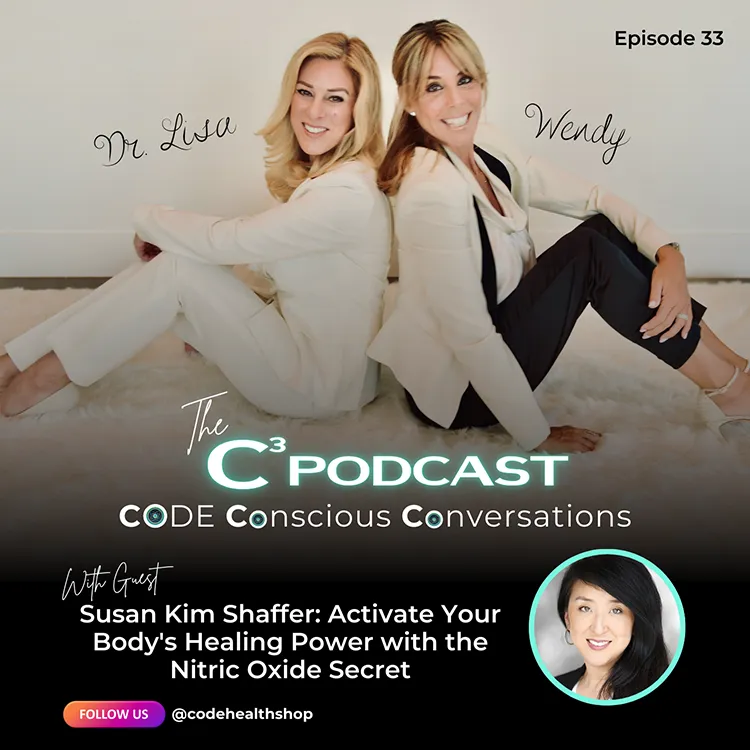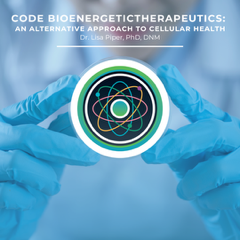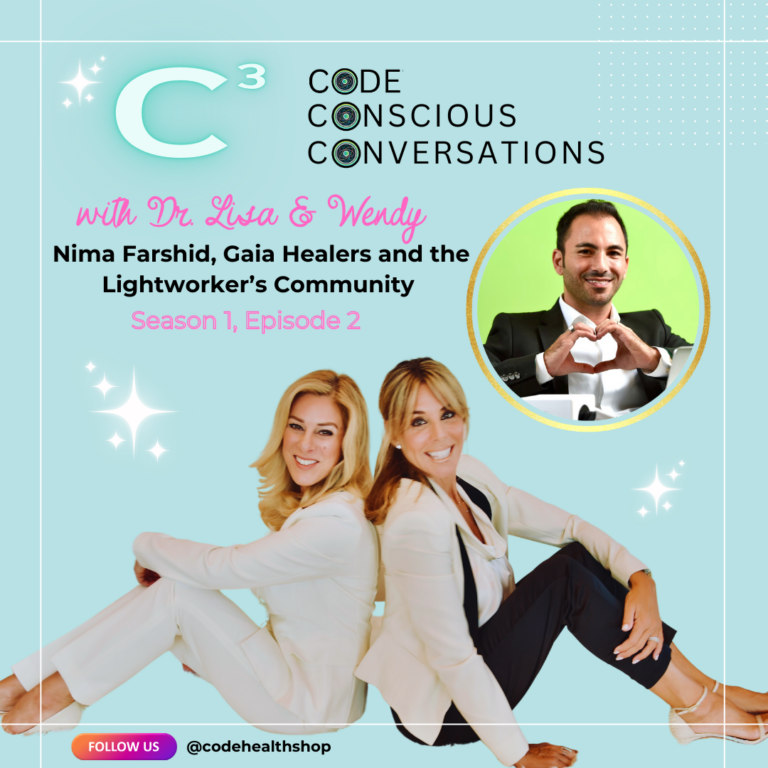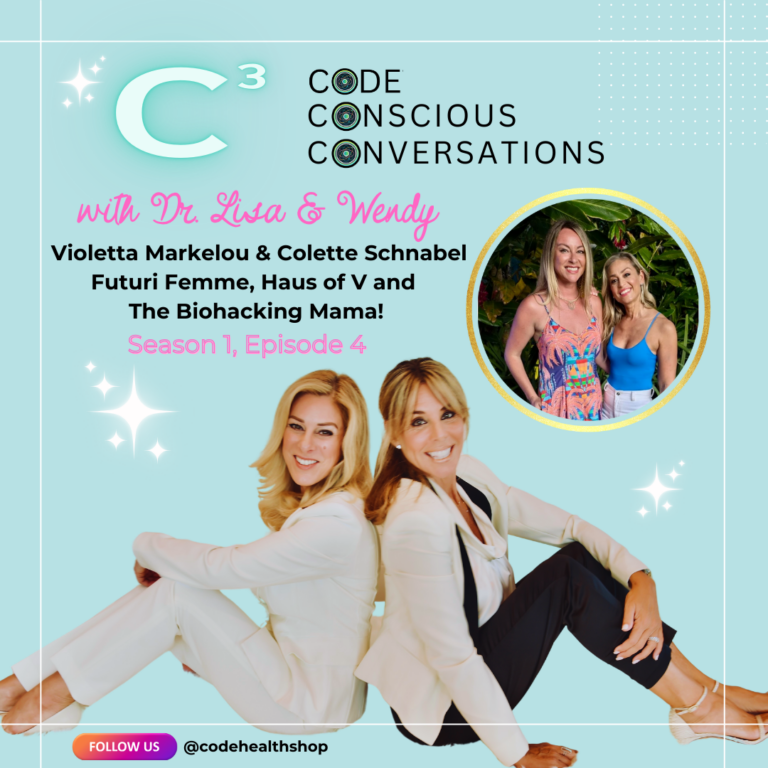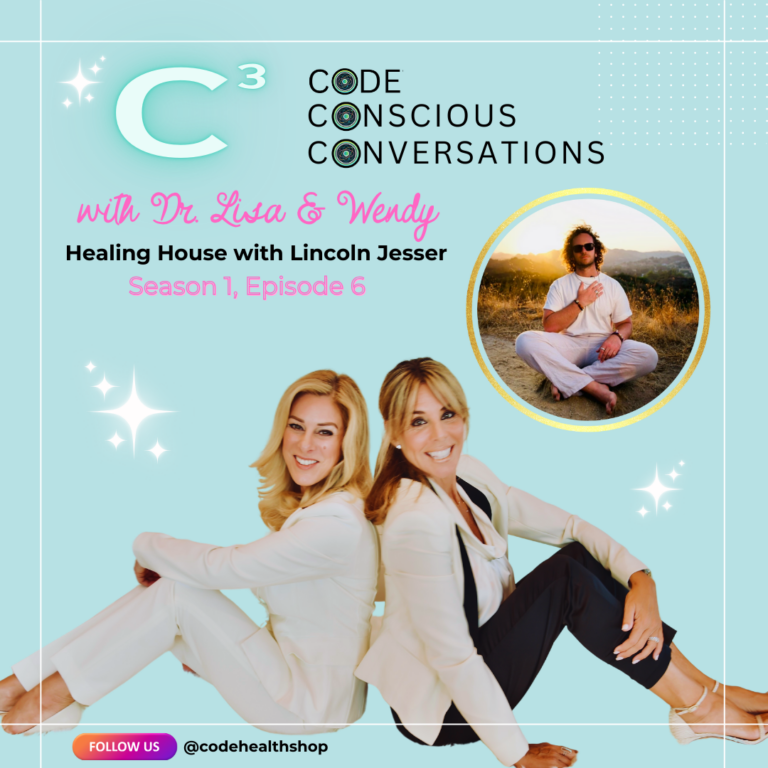Listen to this podcast now at C3 Podcast or join us on Apple Podcasts or Spotify.
Have you ever wondered why some people age with vitality and others struggle with health challenges as the years pass? The answer might lie in a molecule your body produces naturally—one that diminishes with age and impacts nearly every bodily function. This remarkable substance is nitric oxide, and it may be the missing piece in your health puzzle.
What is Nitric Oxide and Why Does It Matter?
Nitric oxide serves as the body’s essential signaling molecule, telling your arteries to dilate and increase blood flow to every organ, cell, and tissue. As Susan Kim Shaffer, president and co-founder of N101, explains, “This favorite molecule of mine that is abundant in the body early on, it tells the arteries to dilate. It’s the little messenger signaling molecule that says dilate and increase blood flow, which impacts every systemic function to all your organs and your cells.”
Most people don’t realize they’re born with abundant nitric oxide that naturally decreases over time. By age 40, we typically produce only half of what we made in our youth. Every decade after that, we lose another 10%. This gradual depletion has profound consequences for overall health and wellness.
The Science Behind Nitric Oxide and Health
What makes nitric oxide so remarkable is its foundational role in preventing disease. According to experts in the field, the loss of nitric oxide precedes many common health conditions rather than following them. Every disease has a vascular connection, so you have to have optimal blood flow.
This connection explains why diminishing nitric oxide levels can lead to:
- Hypertension
- Diabetes
- Cognitive issues
- Reduced energy levels
- Sexual dysfunction
- Cardiovascular problems
- Inflammatory conditions
Think of your blood vessels as highways. In youth, with abundant nitric oxide, you have a five-lane highway allowing efficient circulation throughout your body. As nitric oxide levels decline, this highway narrows to a single lane, forcing your body to work harder to maintain proper blood flow.
Beyond Diet and Exercise: Why Traditional Approaches May Fall Short
While eating nitrate-rich foods like spinach, arugula, beets, and kale can help boost nitric oxide levels, there’s a catch. Your body must be able to convert these dietary nitrates into nitric oxide, and this conversion process becomes compromised with age.
Even more surprising is how difficult it is to standardize nitrate intake through diet. Research has shown dramatic variations in nitrate content in produce from different locations—the same vegetable might require vastly different quantities to achieve the same nitric oxide boost depending on soil conditions, growing methods, and how long it sits on shelves.
Common Myths About Nitric Oxide Supplementation
If you’ve heard of nitric oxide before, it was likely in connection with pre-workout supplements containing L-arginine. While these products claim to boost nitric oxide production, they’re often ineffective for people with aging arteries.
Some clinical studies involving L-Arginine supplementation have even been halted due to safety concerns from toxicity buildup. This highlights the importance of understanding the science behind nitric oxide production rather than following marketing claims.
Surprising Factors That Deplete Nitric Oxide
Beyond age-related decline, several common practices actively reduce nitric oxide levels:
- Using fluoride toothpaste
- Taking antibiotics
- Using alcohol-based mouthwash
- Long-term use of proton pump inhibitors (PPIs) for acid reflux
- Chronic stress
These factors disrupt the oral microbiome and gut health, which play crucial roles in nitric oxide production. By eliminating these inhibitors, you can take the first step toward optimizing your nitric oxide levels.
Nitric Oxide Solutions: From Internal to External Applications
The field of nitric oxide research has yielded groundbreaking products designed to overcome the body’s diminishing ability to produce this vital molecule. Beyond traditional lozenges that help restore internal nitric oxide levels, there are now topical applications that bring increased blood flow directly to the skin.
This innovative approach provides benefits ranging from improved skin appearance to therapeutic applications for conditions like rosacea, eczema, acne, and wound healing. The serum’s antimicrobial, antibacterial, and anti-inflammatory properties make it valuable in both cosmetic and medical contexts.
Nitric Oxide: A Foundation for Optimal Health
Perhaps the most powerful aspect of nitric oxide optimization is how it enhances all other health practices. This foundation of improved blood flow amplifies the benefits of:
- Supplements and medications
- IV therapy
- Red light therapy
- Hyperbaric treatment
- Exercise
- Nutritional interventions
By establishing this baseline of optimal circulation, every other wellness practice becomes more effective. It’s like preparing fertile soil before planting seeds—the right foundation dramatically improves results.
Small Steps Toward Nitric Oxide Optimization
Integrating nitric oxide support into your wellness routine doesn’t require drastic lifestyle changes. Start with these simple steps:
- Eliminate practices that deplete nitric oxide (review the list above)
- Take a 20-minute walk daily
- Incorporate nitrate-rich foods like leafy greens, beets, and celery
- Manage stress through mindfulness practices
- Consider nitric oxide-boosting supplements specifically designed to work with aging arteries
Remember that small, consistent changes compound over time.
The Future of Health Optimization
As our understanding of nitric oxide’s fundamental role in health continues to evolve, so too will our approach to prevention and wellness. Rather than treating symptoms after they appear, focusing on maintaining optimal nitric oxide levels throughout life may help prevent many age-related conditions before they develop.
The integration of nitric oxide science with other holistic health practices represents a promising frontier in wellness—one that honors the body’s innate wisdom while providing the support it needs to function optimally throughout the aging process.
To learn more about this groundbreaking approach to health optimization, tune into the new episode on the C3 Podcast: Code Conscious Conversations featuring Susan Kim Shaffer. We discuss the science behind nitric oxide, practical strategies for optimization, and how this essential molecule can revitalize your entire body from the inside out.
🎧NEW EPISODE: Susan Kim Shaffer: Activate Your Body’s Healing Power with the Nitric Oxide Secret and visit https://n1o1.com/ for more information about Susan’s work and nitric oxide products
Listen to this podcast now at C3 Podcast or join us on Apple Podcasts or Spotify.

